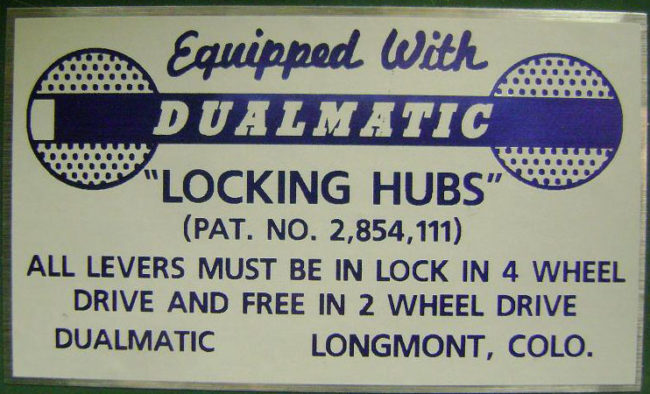
You’ll note that the patent number 2854111 is the same one connected to this single lever design: https://patents.google.com/patent/US2854111. Read to the end, as this patent number appears connected with an odd looking, Dualmatic-related hub.
This post is all Scott Gilbert’s fault. We got talking about the different color of Dualmatic hub labels on Sunday and, suddenly, my Sunday afternoon vanished into research!
This post leverages the great work from the CJ-2A.com’s dualmatic twin-lever page and the ih8mud hub forum about Dualmatic twin-lever hub variations. For the record, I’ve never owned any of these hubs, so I’m leveraging pics and the internet as best I can. It is a working post. If you have corrections or comments, please let me know!
If only I had each set of hub in front of me I might have a better shot at highlighting the differences (height and faces), but I do not have them. So, I’ll just do my best with the faces and some documentation for dating purposes.
I was going to use the CJ-2A page’s nomenclature, but after studying the different faces, I think it’s better, as I hope you will see, to expand the styles types:
Design A: Recessed center, full ribs, sharp-ended ribs
Design B: Raised center, full-ribs, sharp-ended ribs
Design C: Raised center, full-ribs, round-ended ribs
Design D: Raised center, one-end of both ribs recessed from the edge, all round-ended ribs
Design E: Raised center, both-ends of ribs recessed from the edge, all round-ended ribs
Design W: These were marketed by and stamped as Watson hubs (hence why I call them Watson hubs), but also stamped and sold by third-parties like Sears unstamped and unbranded.
Before we begin with the twin-lever design, let’s look at the single lever design. Dualmatic’s founder Charles Simonsen’s original patent was for a single lever design.
This photo may highlight why that design didn’t hold up well and why support was needed for the cam levers:
CONJECTURE: If the bending of the single lever was even a somewhat common occurrence, then it would explain the shift to a dual lever, rib-supported design. One of those early designs may have been the Design W or the Watson hub seen at the bottom of the post, but it seems to me that when full of mud and small debris, that loosening the levers would have been difficult. So, my theory is that the next idea was Design A, which is the earliest one documented with a specific date.
DESIGN A: The earliest example of a Dualmatic hub with a date comes in the form of this April 1958 advertisement in Popular Mechanics. For our purposes, this would be Design A. It has full, un-rounded ribs and a recessed interior
Design A can also be seen in this undated brochure, most likely pre-1963 given the lack of full-size jeeps:
Curiously, Design A was still around in 1964, as evidenced by this 1964 Montgomery Wards catalog ad below, but a new type of style appeared, which I call Design C, with a raised center (for branding I assume) and full, but rounded-ribs (and around as late as August 1965 in a Four Wheeler Ad):
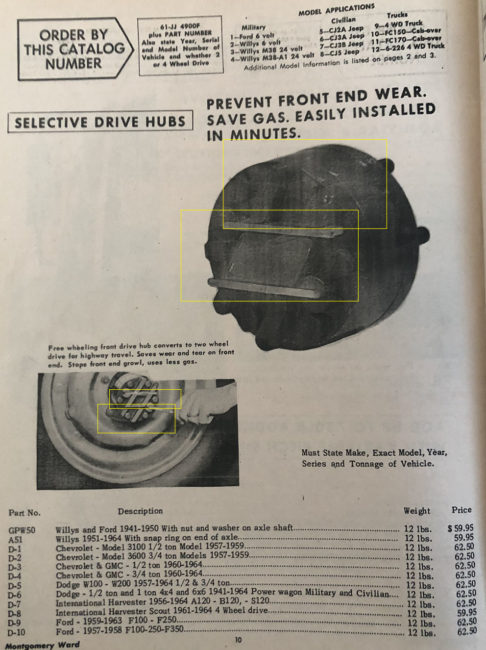
Designs A & C Dualmatic hubs. Lower pic — Design A hub with recessed center, full ribs, sharp rib ends. Design C Dualmatic hubs with raised center, full ribs, round-ended ribs.
DESIGN C: Here is a better pic of Design C. You’ll note that the sticker branding is colored black. So far, the consensus is that there were three different colors of stickers, black, blue and red. Again, when each was used and why they changed is uncertain:
DESIGN B: At some juncture, Design B was introduced. Design B had a raised center and full, sharp ribs like Design A. You’ll also note that this has the red center branding sticker:
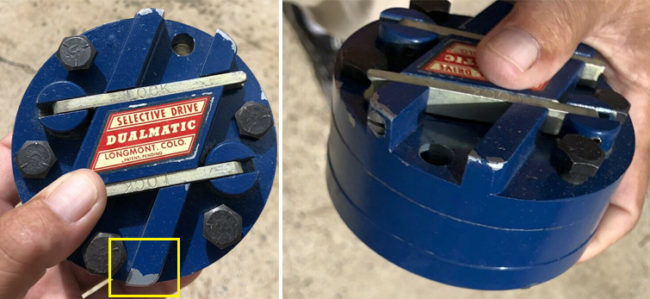
Design B Dualmatic hubs with raised center, full ribs, sharp ended ribs. These were advertised on eBay as NOS Dualmatic hubs.
DESIGN D continues the raised center and rounded ribs, but one part of each rib has been recessed from the end. perhaps this made accessing the bolt head easier? You’ll note that this hub has the more traditional blue branding sticker:
DESIGN E: This Dualmatic hub has both ends of the ribs recessed, Once more, I would imagine this helps the owner access the bolt heads more easily with a socket.
DESIGN W: The Watson Hub. This hub emerged around the same time the Dualmatic hub emerged. It has the dual lever design with a raised body, but no ribbing:
A 1958 article shared the news of the Watson hub, as noted in this post. So, these hubs were created about the same time as the dual lever Dualmatic hubs. Moreover, we can state for sure now that there was a specific relationship between the Watson hub and the Dualmatic company.
How do we know this? Because both hubs share the same patent number (so we end the post where we began, at patent number 2854111):
There are other, miscellaneous single lever hub designs. How and if they are related remains unclear. For example, this hub was spotted on a jeep in Winchester, Idaho. It’s origins are unknown.


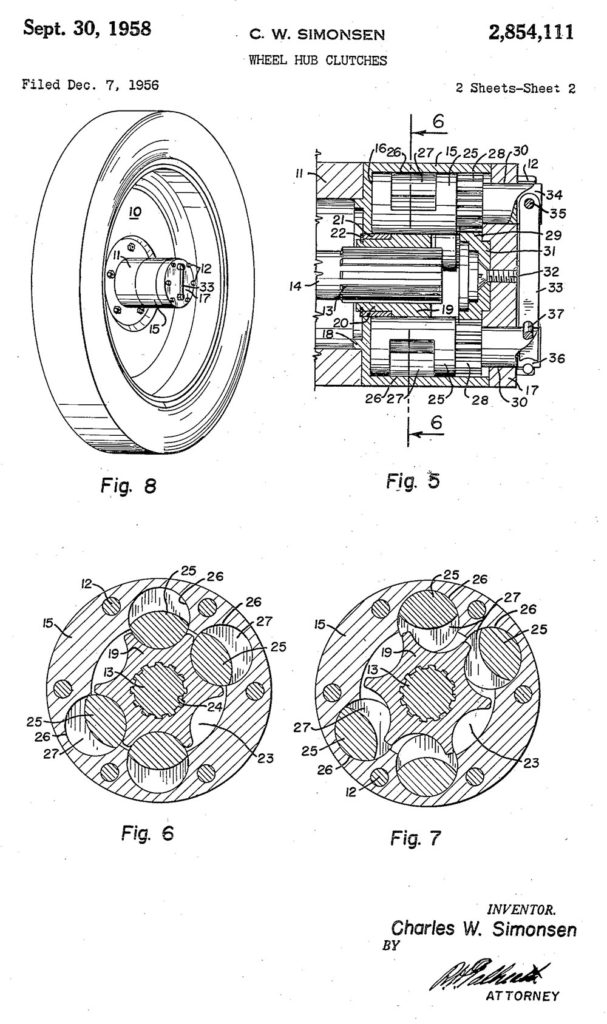
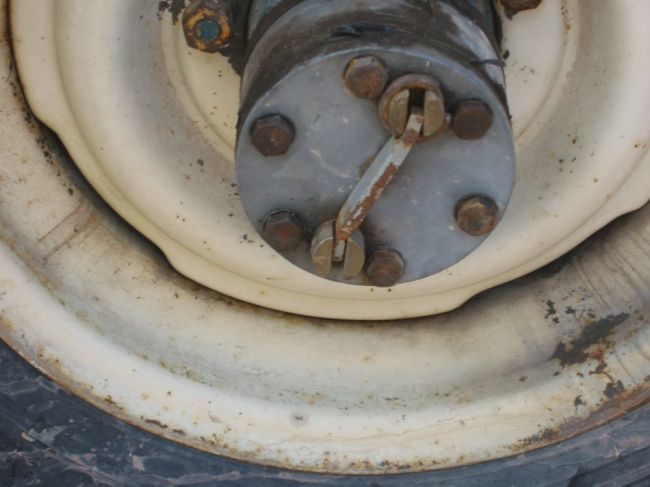
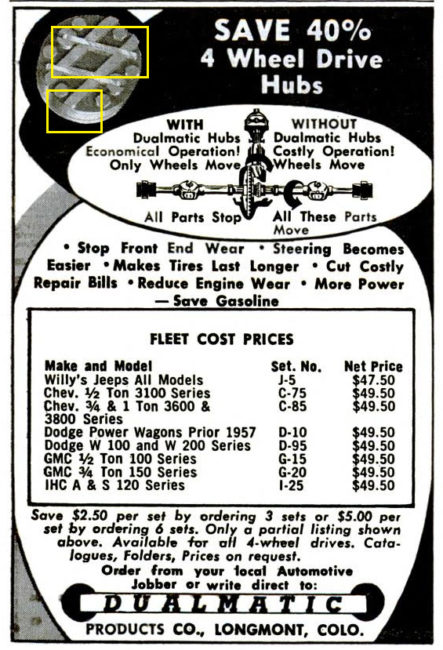
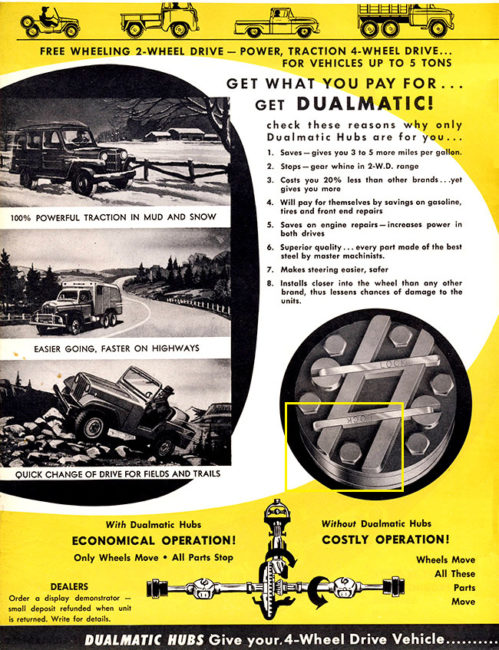
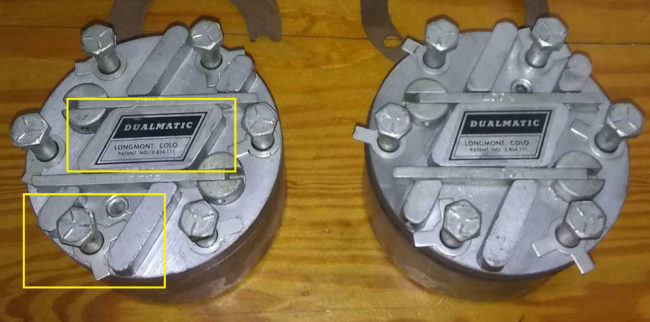
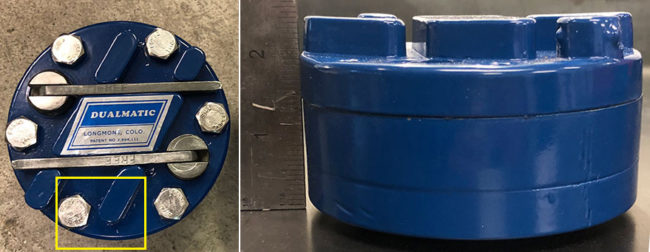

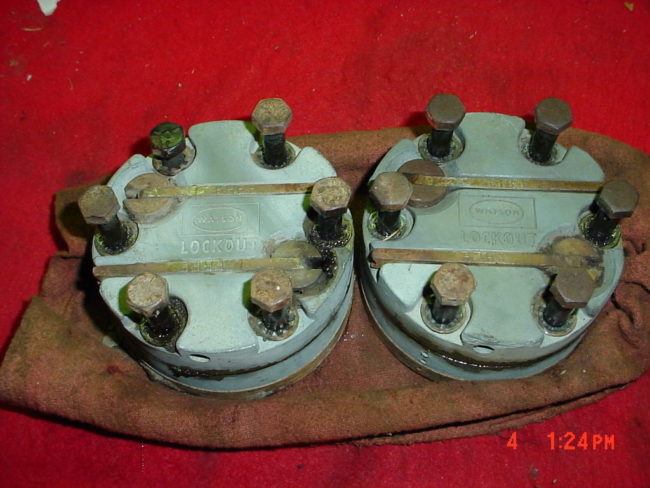
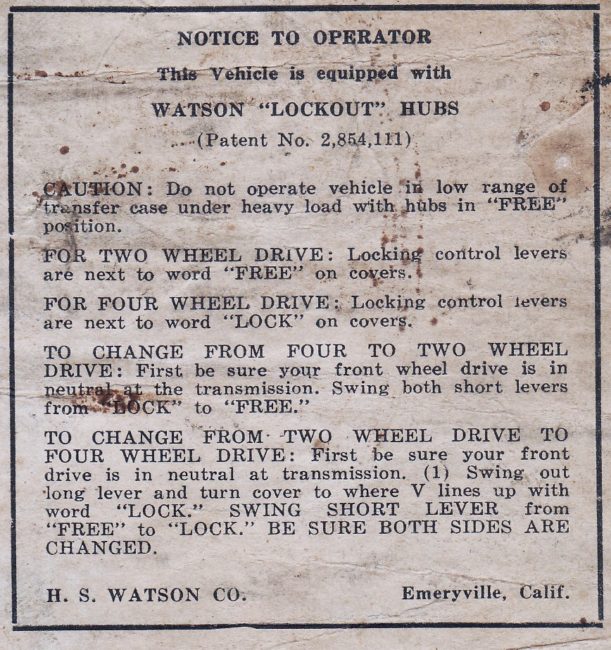
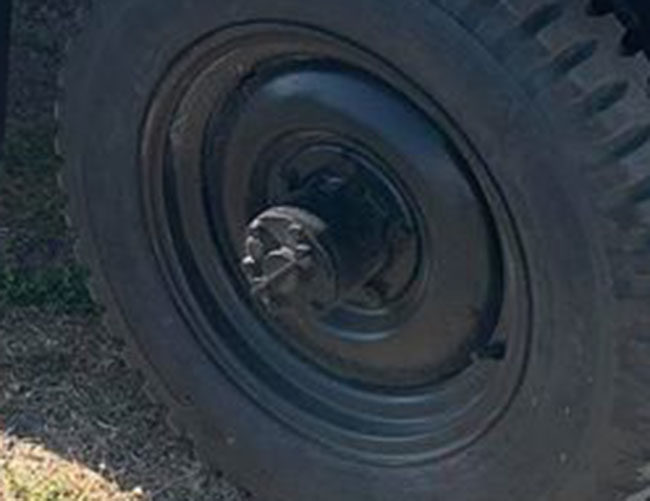

I sold a pair of the Type E’s on ebay last year. Here is the trick with that design: if not properly maintained, the steel levers corrode and get stuck inside the aluminum housing “slot”. You’ll need to pry them out without doing damage. That’s the reason I didn’t keep them.
DPope. Thanks for the insight. Do you happen to have a pic of the hubs? I’d be interested in another Type E pic. If so, you can email it to d@deilers.com.
Thanks!
DPope, exactly, had that experience on my commando. Gave them to a friend.
Also, overtightening the bolts will “crush” where the bolts are, esentially bending the surface which also will cause the rods to jam.
After posting above, I read about the Watson hubs which I’ve never seen. There seems to be an improvement in the body in relation to the issue I addressed above. Not as much “thin” surface to and more surrounding support.
I seen on a video that the guy was able to still get parts form Dualmatic in Longmont Colorado but I can’t seem to find any information on them. Are they still in business ? If so does anyone have a phone number or know their web site? Thanks, Larry
Larry,
You might contact Mile Marker to see what they have. At some point Dualmatic (which also used the brand Selectro) transitioned into Mile Marker (don’t know if it was a purchase, a rebranding, or what). https://www.milemarker.com/pages/about-us
– Dave